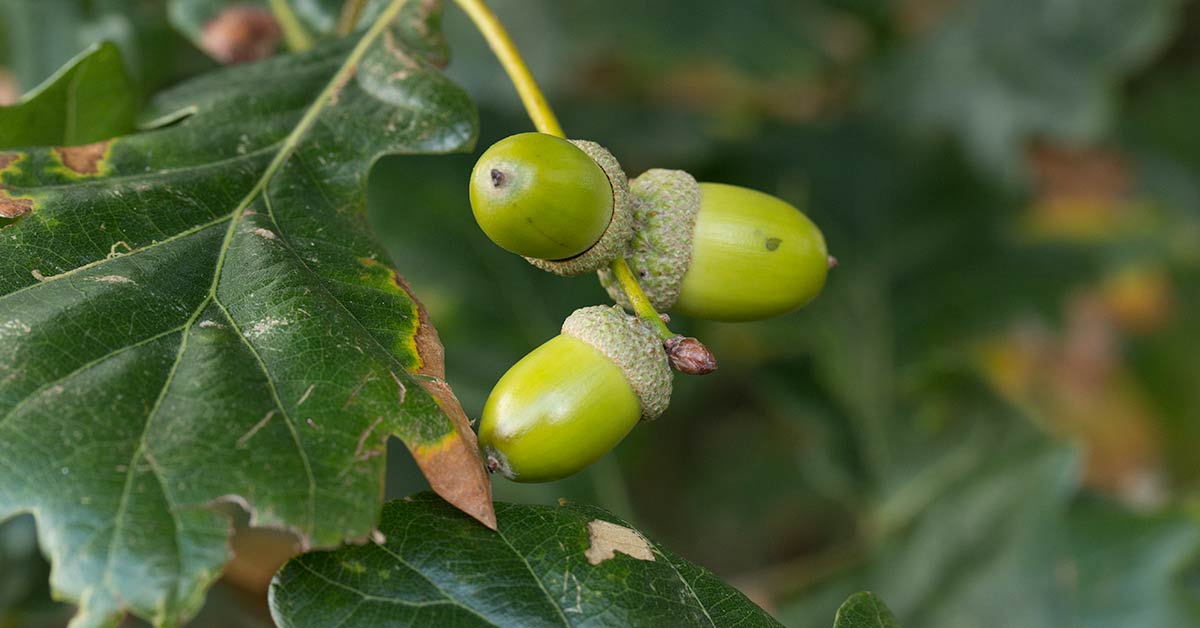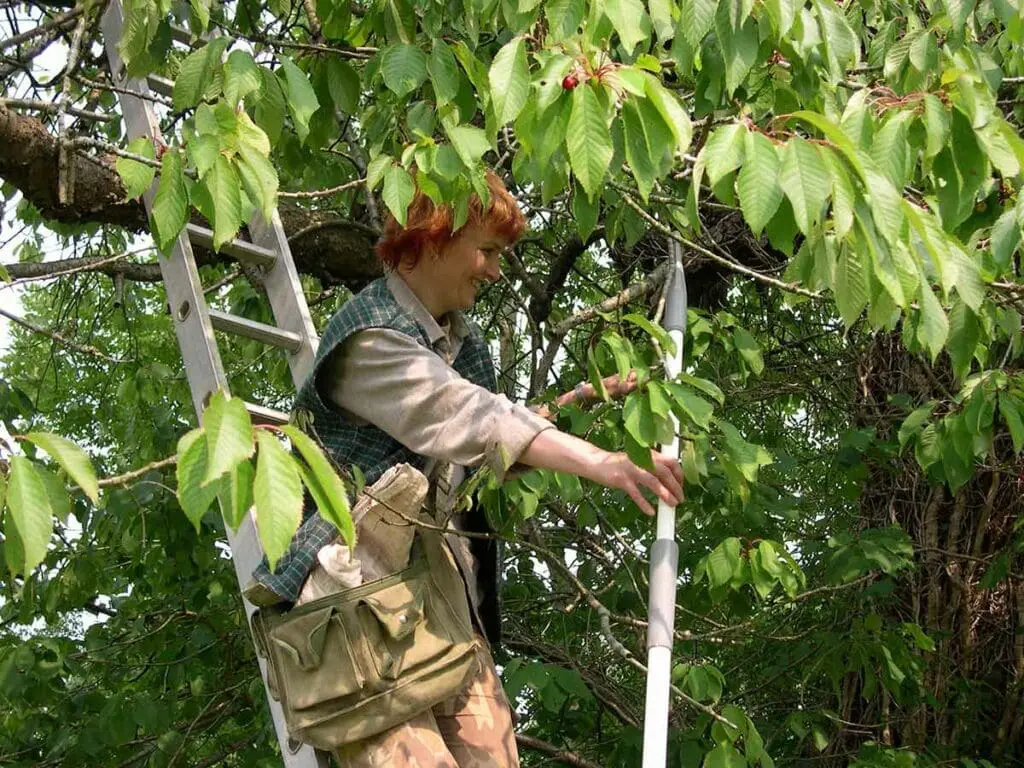Grow an acorn in brief
Equipment
- Acorns (obviously)
- Tall containers – root trainers, milk cartons with holes in the bottom, tall plant pots
- Peat-free compost
- Labels
Method
- Fill your container(s) with compost leaving a few centimetres free at the top
- Place an acorn into each pot (it doesn’t matter which way up!)
- Cover with 5cm of compost
- Gently firm the compost
- Pop in a label so you don’t forget what it is
- Place in a shady spot outside and protect from mice
- Keep the compost moist, but not really wet
- Check the pots in April or May for signs of new shoots pushing their way through the compost
- Keep watered and feed occasionally until August
- Pot into a bigger pot if necessary, but look to plant into its final home in the second spring or early summer after collection (it should be big enough by then)
Collecting acorns
Acorns can be collected from the ground in the autumn – normally September and October depending how far north or south you are. You’ll often find plenty following a windy day.
Make sure your acorns are healthy. Do this by looking at them and feeling them. Any visibly damaged or with holes are unlikely to grow. Acorns that have fallen onto grass are less likely to have been damaged than those that fall onto hard surfaces.

Floating acorns
If you have quite a lot, you can put them into a bucket (or buckets) of water. If they float, they MAY not grow, but this isn’t foolproof! Many that float may still grow.
Try squishing a few that float between your fingers. If they are firm and look healthy, plant them anyway. You could cut some in half to see what they look like inside – watch your fingers! Any signs of insect damage, bruising or rot will probably cause them to fail.
Storing acorns
Store acorns in thin layers or in hessian bags indoors for a week or two. They must be kept cool and out of the sun. A fridge is ideal.
Acorns can be separated from any twigs or leaves if you have the time, but it’s not essential.
Long-term storage of acorns is possible, but tricky and rarely done. They need to be dried (but not too much or you’ll kill them) and kept in a fridge. Acorns are recalcitrant seeds, meaning they can’t be dried below a certain moisture content.
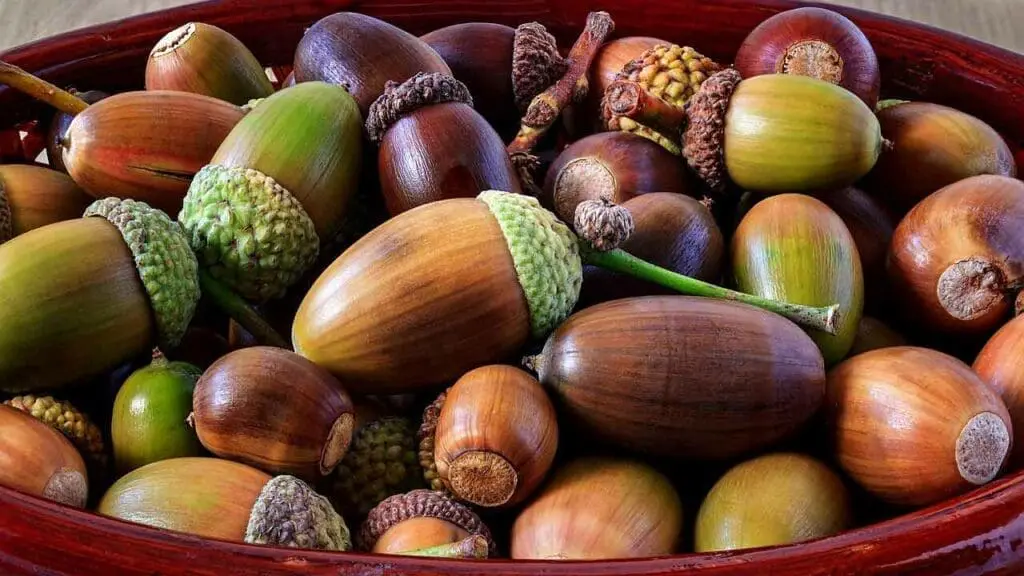
Pretreatment? No need.
Acorns are not dormant. This means they need no pretreatment for them to grow. In fact, the main difficulty is stopping them from germinating until we want them to! If they are kept in damp conditions, they will grow very quickly, even without soil and you can end up with a tangle of delicate roots.
Sowing acorns
The best time to sow an acorn is immediately after you collect it in the autumn.
It doesn’t matter which way up you plant an acorn. Jays and squirrels have been planting acorns for thousands of years and never worry whether the pointy bit of an acorn is the ‘top’! Just pop them into the ground or some compost, and they’ll work it out themselves.
Sowing acorns in containers
Plant one or two acorns in a pot filled almost to the top with peat-free compost. Any container will do, but acorns produce long tap roots, so taller pots are better. Root trainers are perfect. Make sure there are drainage holes in the bottom, and cover the acorn with compost (about 2-4cm deep). Protect your acorns from predation! Mice and jays love them, so consider covering them with wire mesh to keep them out.
Sowing acorns in seed beds
If you are sowing outside, sow them in good soil to a depth of 5cm and firm. Aim for a density of about 100 plants in a square metre. This means sowing about 200 acorns per square metre.
If you live in a place where you get very cold winters, or are worried about mice nicking your acorns, you could sow 10cm deep and then rake off the extra 5cm in early spring – this protects the acorns from the worst of the frost/mouse attacks.
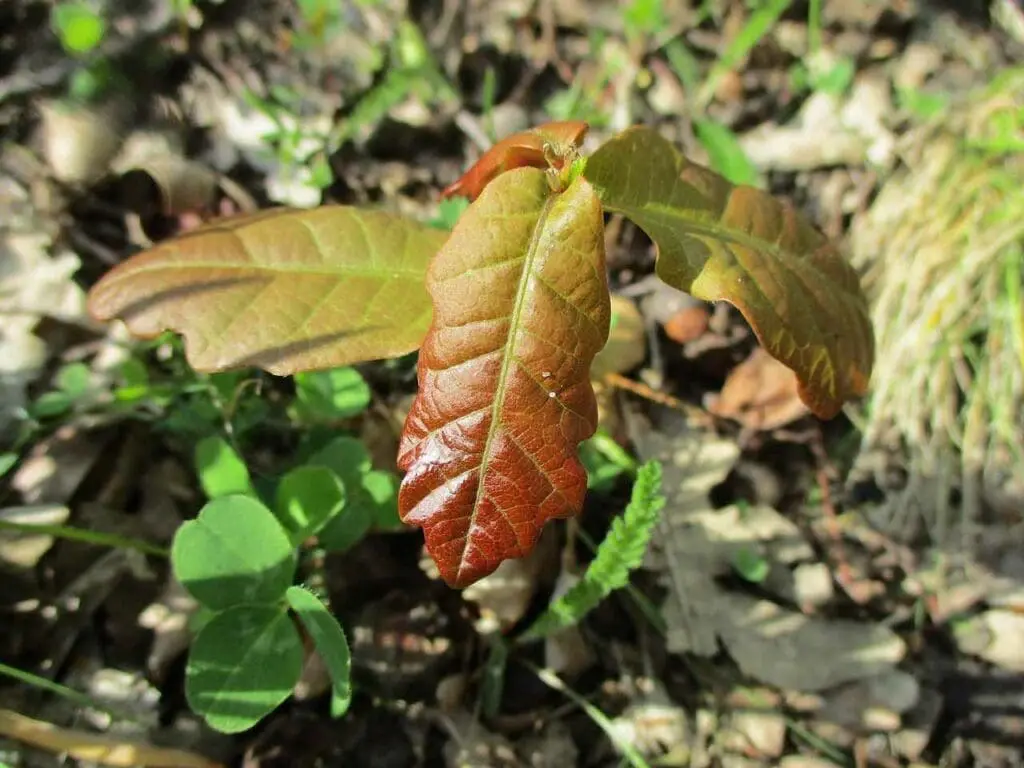
Watering
Don’t let your pots dry out! Stand them in a shady, sheltered spot, out of doors and keep moist (but not sopping wet) until the seedlings emerge. From then on, water from below by placing the container in a tray of water and let the compost soak it up through the drainage holes. Water plants in seedbeds as needed (rarely needed where I live!).
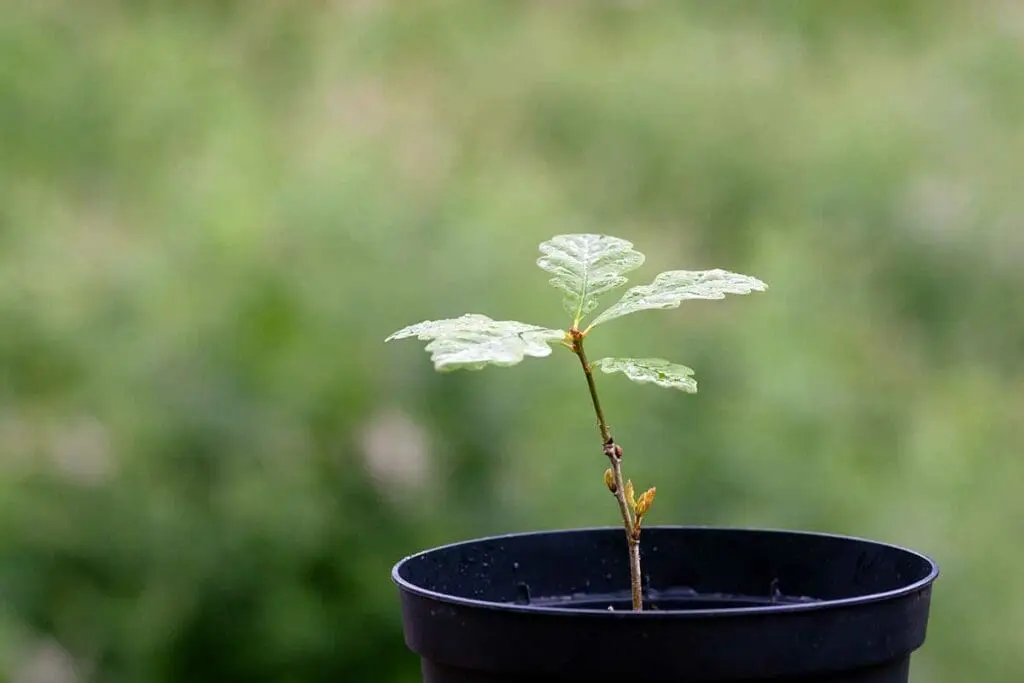
Growing
During the winter after sowing, you won’t see anything happening above the soil – it’s all going on down below!
The root grows almost immediately after falling from the tree in autumn. But, it’s likely to be April or May before you see any growth emerge above the soil.
Your oak seedling will grow quite happily in a 2-litre pot, root trainer or the ground for the next two summers. Feed with a liquid fertiliser between May and August to encourage growth, but do not over feed! This can scorch the roots.
Planting oak trees
When your oak seedling is 200mm (8 inches) tall, it is ready to be planted into its permanent home. Choose a place with enough space for your oak to grow. Remember that it can grow up to 40m tall!
Prepare the site well by clearing away any weeds or grass and make a hole big enough to accommodate the root ball. Plant carefully in the hole, to the same depth as it was growing previously and firm back the soil. More tree planting info over here.

